Restoring 71 – A Prairie in Transition
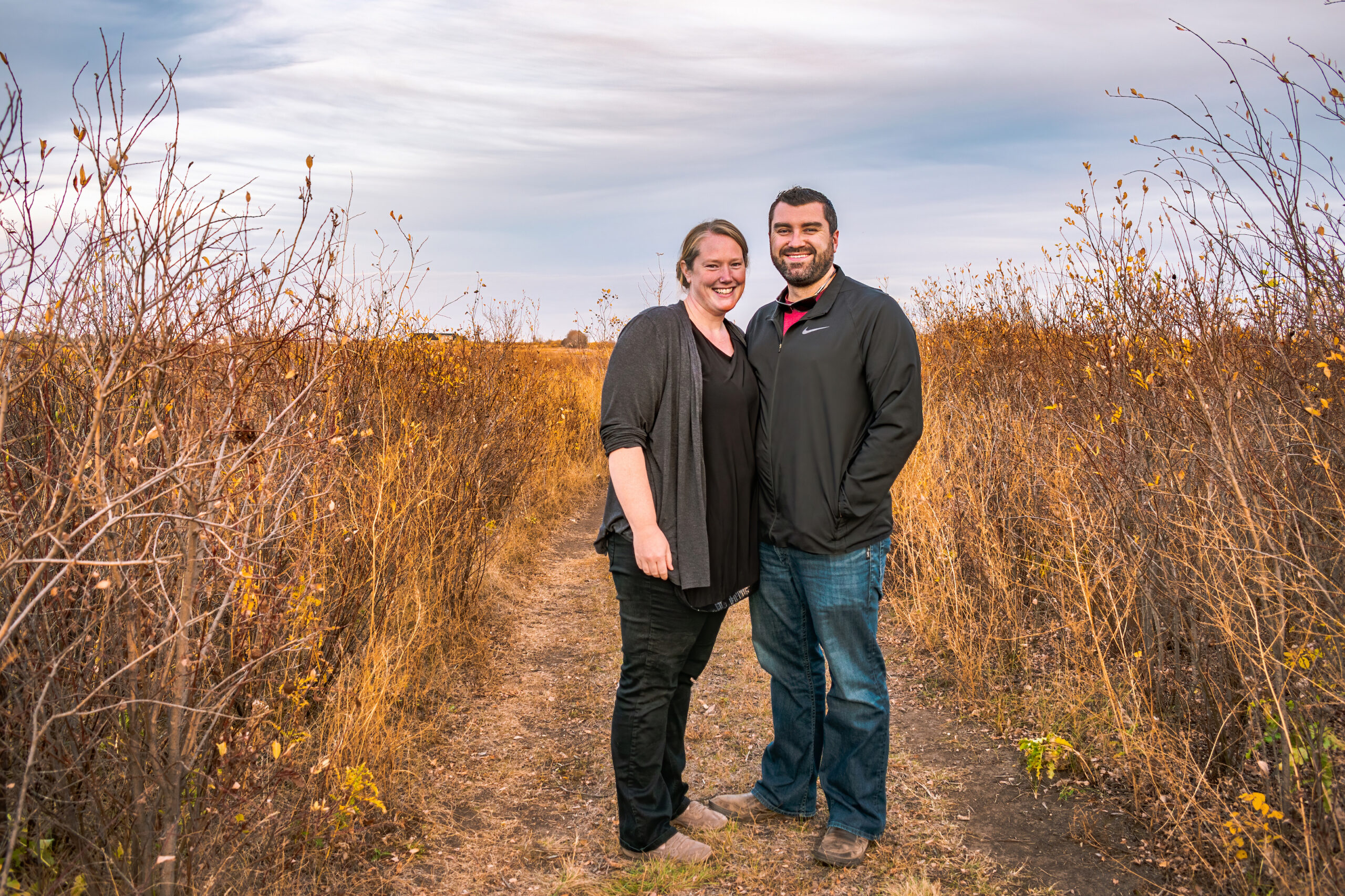
Written by Katie Suek, photos by Aaron Suek
In 2014, we bought a little patch of prairie. After a century of growing crops and hay, this 71-acre prairie was no longer pristine. It was not untouched. But it was also no longer valuable as cropland or hay land. The invasive species had taken over. The soil was dry and compact. The rains from the years prior had flooded the land, and the aspen stands were starting to grey with signs of water damage. The hay land was overgrown, and the fence posts that once held livestock had long ago rotted. This prairie was not a native grassland, it was not a cropland, and it was not a hay land. This prairie was in transition.
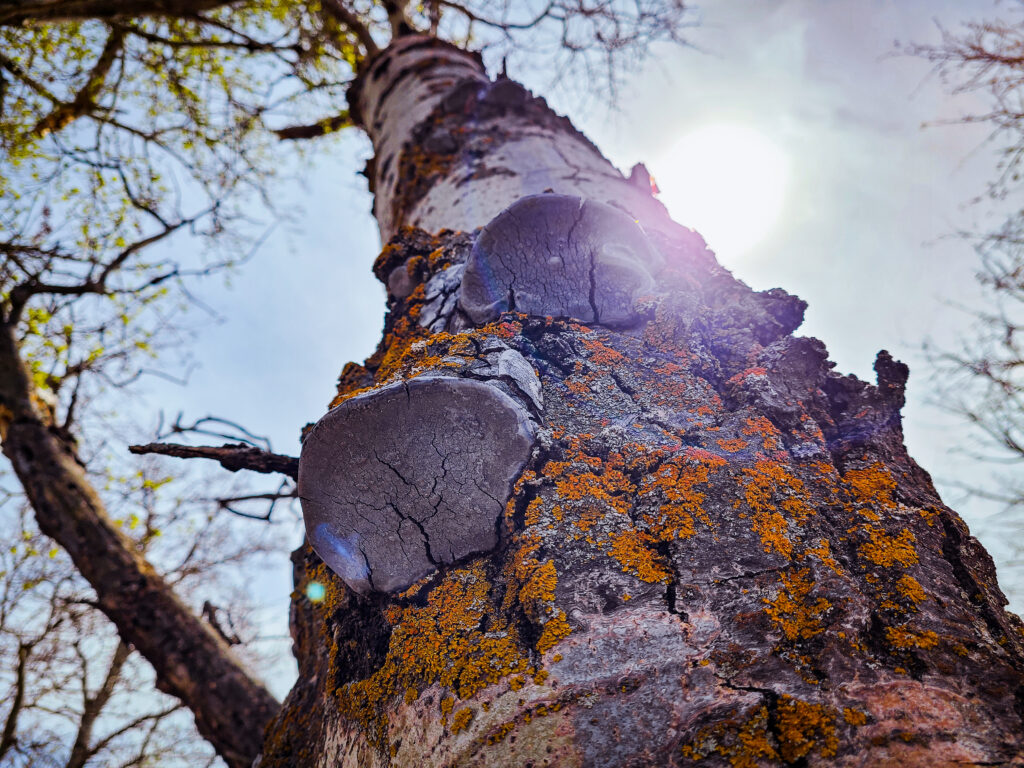
A prairie in transition is a tricky subject when it comes to determining value. A native grassland has conservation value. Cropland and hay land have agricultural value. But a prairie in transition, that is not native, but also not producing, holds little value in the traditional sense. Yet, something drew us to this little patch of prairie in a way we could not explain. We saw value here when others told us there was none. We saw value not only in what it was, but in what it could become.
“It’s not about what it is, it’s about what it can become.”
Dr. Suess
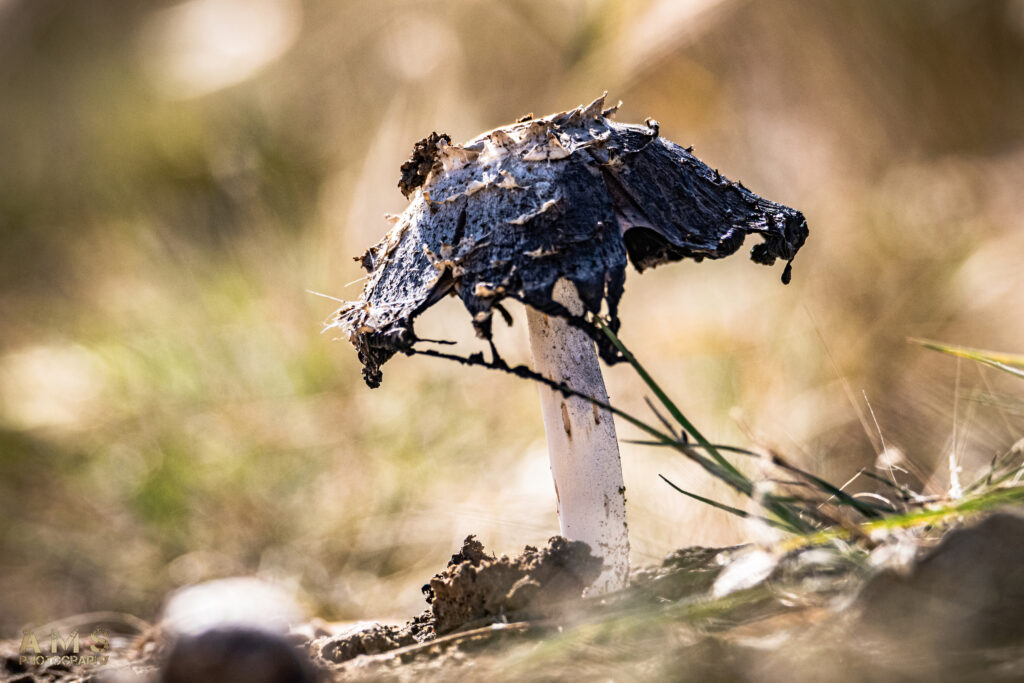


Did we have a vision for what it would become? Not at all. We were strangers on the land and weren’t ready to make any big decisions or changes until we knew it better. For the first few years, we waited and we watched, and we learned, as the landscape started to transform. The flood zone was replaced with willows as the water started to recede. The flooded poplar bluffs started to send up shoots as the mature trees started to fall in the frequent 90km/hr winds. Native flowers and grasses started to pop up in the old crop field, and the old hay land would come alive with ground-nesting birds each spring. We learned which species lived here year-round, which species would pass through each year, which species returned to nest every spring, and we watched them raise their young year after year and we became familiar with each other.
To date, we have observed nearly 150 different wildlife species, each of which, found value in this land.
As we started to learn more about the plant and wildlife species using the habitat on the site, we took notice of the number of species of conservation concern among them. Of the 24 species of conservation concern we have recorded, loggerhead shrike, badger, and common nighthawk live or return here every year, and short-eared owls and bobolinks are frequent visitors. But it was really the visit from a whooping crane in 2017 that made us take pause and see the true value of this land. How fortunate we were to be in the presence of one of only 800 whooping cranes in the world. It felt selfish not to share this land and these majestic experiences with others. It was in that moment of awe and gratitude that our path forward became clear. The land had a story to tell, and we were given the honor of telling it. From there, the Restoring 71 Project was created.
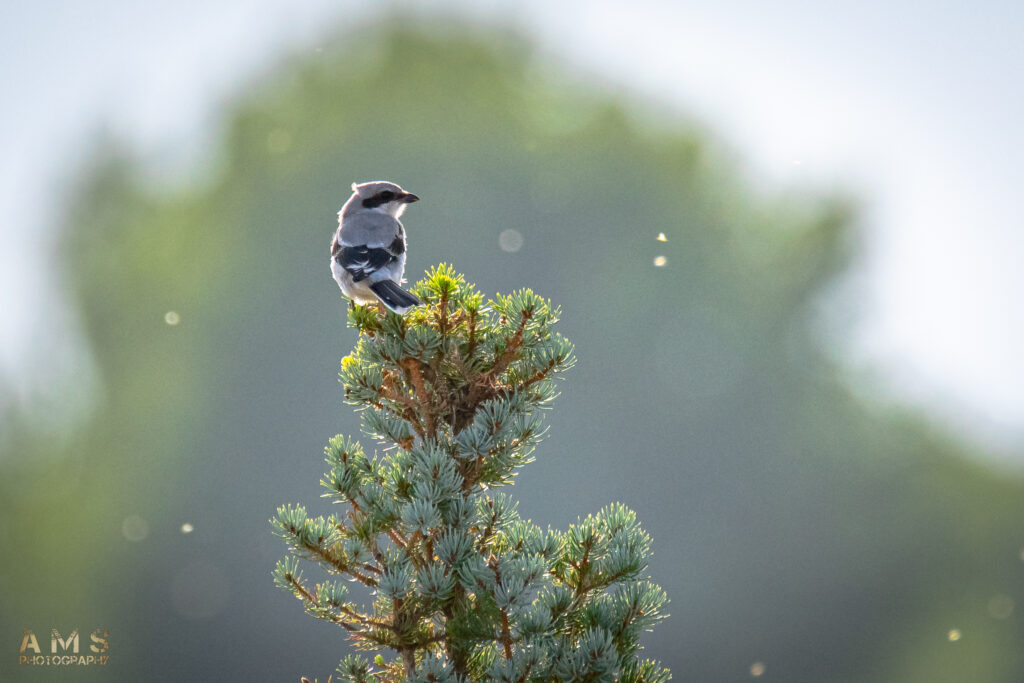


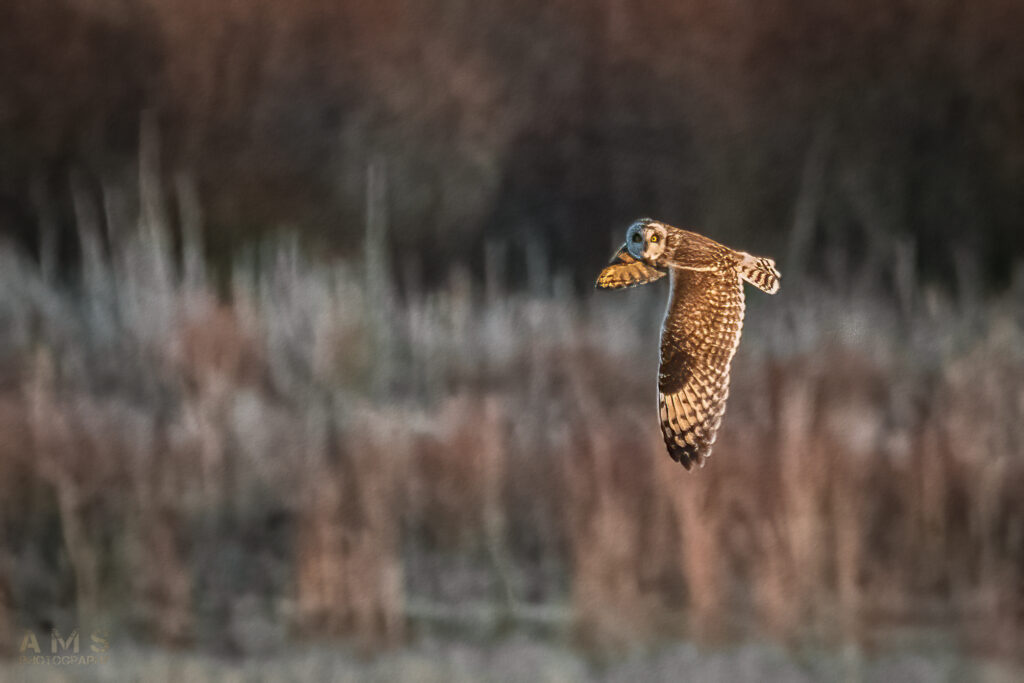


When we started Restoring 71, we told stories about passive and active restoration, about the wildlife and plant life, and about the steps we have taken to protect it. We told these stories through written word, photography, and videography. We opened up the trails we had built over the years to the public and from time to time, people would come out for a leisurely nature wander.
In March of 2020, everything changed. Like the 90km/hr winds we see so often here, Covid-19 swooped into Saskatchewan and knocked us all off our feet. Schools and businesses shut their doors. Parks, playgrounds, and conservation areas were closed, marked with locked gates or red tape. We learned about bubbles, and social distancing, and masking in short order, and we all longed for some sort of comfort, connection, and familiarity.
During those early days of uncertainty, we made the decision to keep the Restoring 71 trails open and to advertise them to the public. We didn’t have much to give, but we could give access to nature, so we did. We weren’t sure if anyone would come out. It was March, after all, and we recognized that it was very unusual for private landowners to share their land with perfect strangers at no cost. Within two weeks of sharing a poster declaring that our trails were open, we had so much interest that we had to create an appointment system so people could enjoy their visit without the worry of maintaining social distancing requirements. We were offering six appointments per day and often had waiting lists for cancelations.
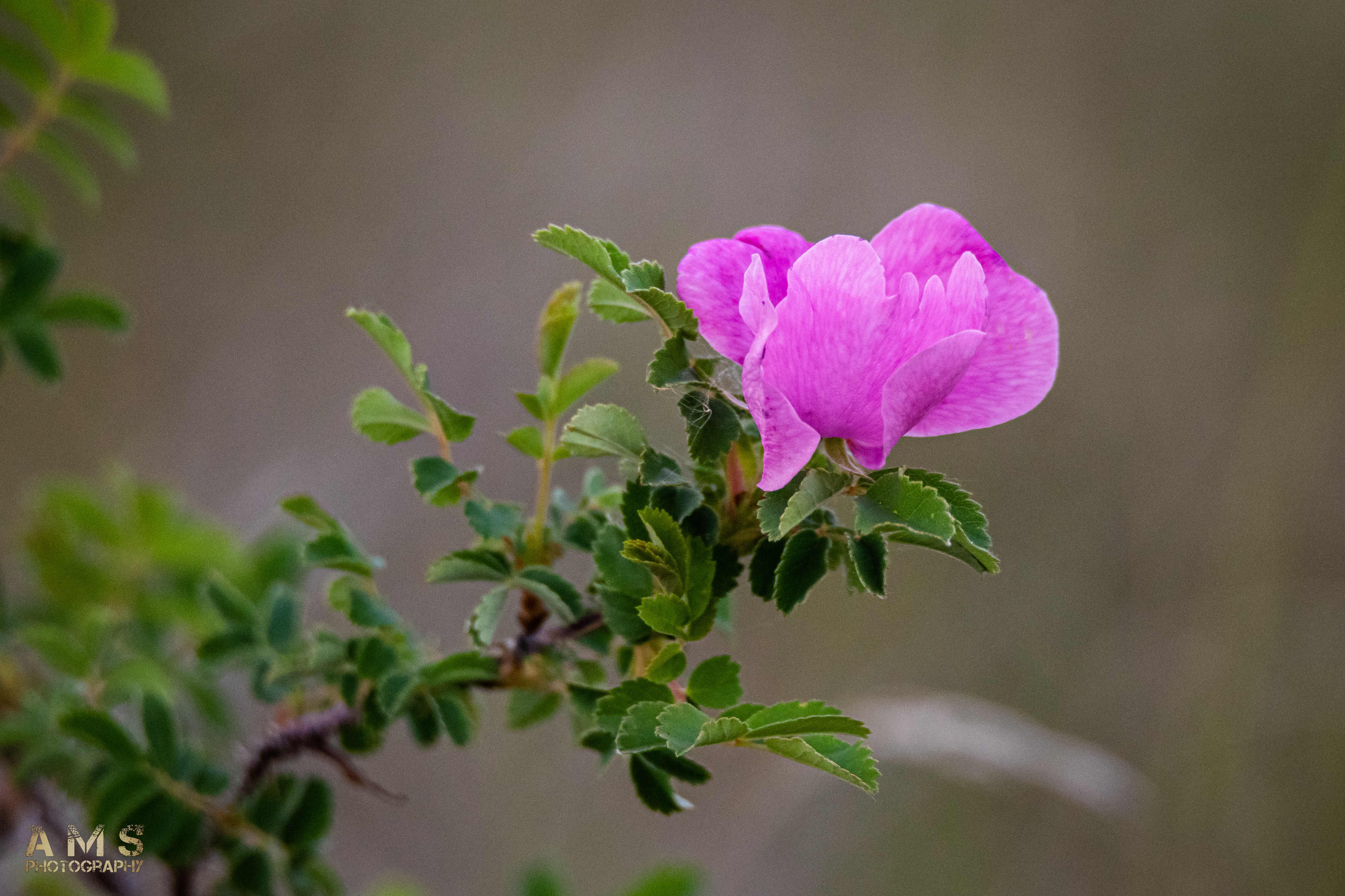


When the parks and conservation areas reopened, we assumed that interest in Restoring 71 would fizzle, but it didn’t. When everything opened up again for a short time in July 2021 and we momentarily put down the masks, expanded our bubbles, and reduced our social distancing, we assumed interest in the trails would again fizzle, but it didn’t. This land has a way of drawing people near, just as it did with us those seven years ago. Since March 2020, we have welcomed over 750 people to the Restoring 71 trails, many of whom became repeat visitors.
You see, the value of this land has nothing to do with how the grassland is not pristine, how the wetland comes and goes, how soil is too degraded to yield a good crop, how the gopher holes make it unsuitable for haying, or how the old posts have long lost their ability to hold in livestock. The value of this land is its story of resilience and hope, a story we all longed to hear when things felt heavy and hopeless. It’s a story of a little patch of prairie that was once dotted with boulders and dominated by native plant species and bustling with wildlife. It’s also a story about how over time the boulders were stripped, the land tilled and worked, and wildlife was displaced to help feed the nation. It’s a story of a wetland that once dominated the landscape, and is now completely dry. It’s a story about loss, grief, and growth. It will never be a pristine native grassland. It will never be a crop field, or hay land, or pasture. It is a prairie in transition filled with wonder, awe, connection, and beautiful moments and experiences, and the privilege and honour of bearing witness to a prairie in transition is simply invaluable.
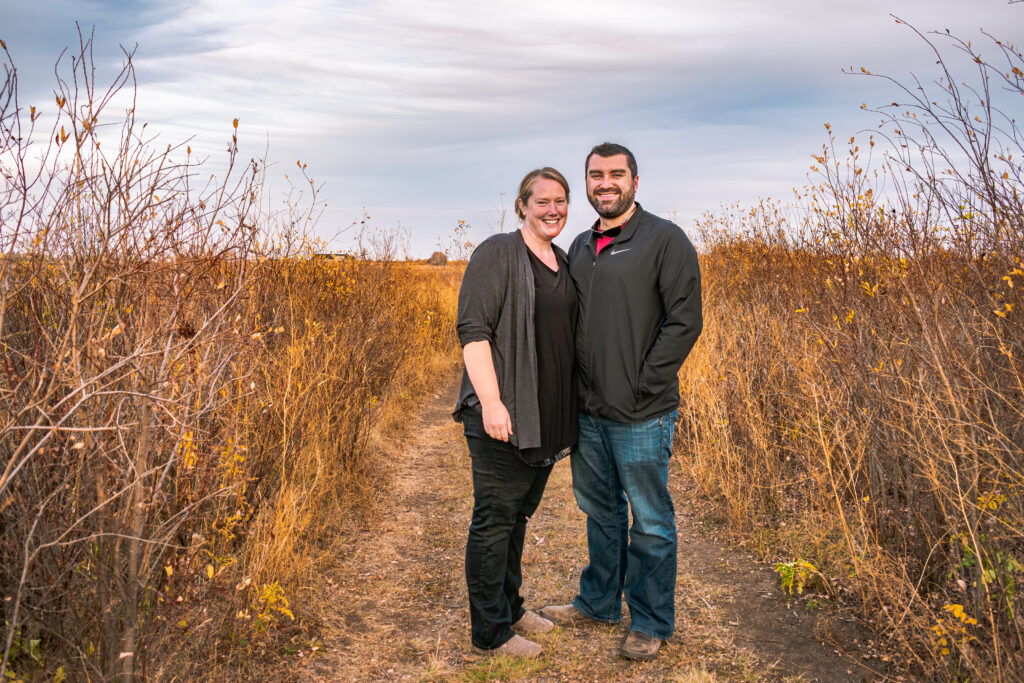


Katie Suek was born and raised in the rolling prairie of southeast Saskatchewan. She is a mom of three busy boys, and is formally trained as a human environment specialist with a focus on community engagement and environmental assessment. In her spare time, Katie and her husband Aaron own and operate the Restoring 71 Project – a prairie habitat conservation initiative. To learn more about the project, please follow them on www.facebook.com/restoring71.
